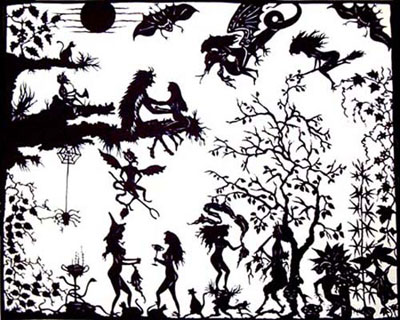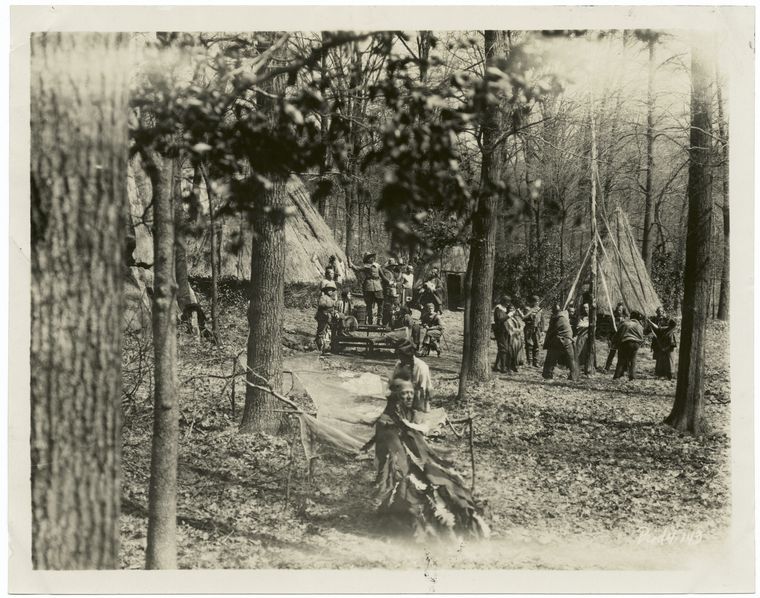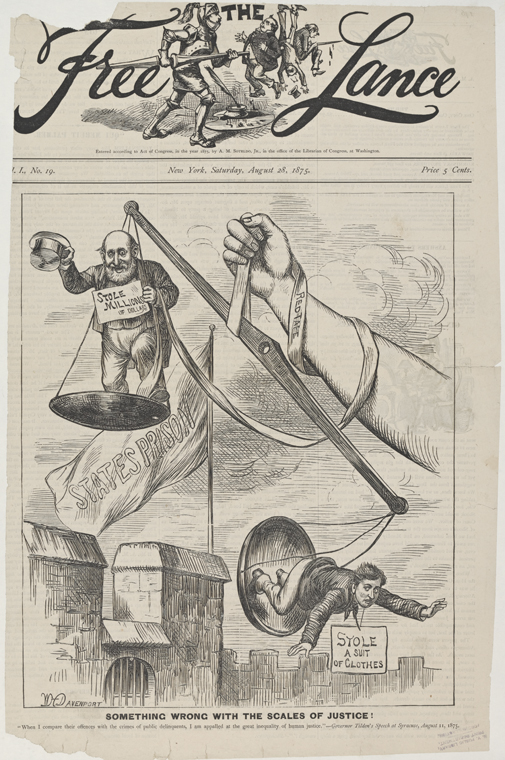
When did humans begin celebrating May Day? Well, celebrations in the spring were called Floriala by ancient Romans, and called Walpurgisnacht by Germanic people, and called Beltane by the Celts in Stonehenge times. The old celebrants honored flowers in new bloom, the banishment of winter witches and the return of summer. These were times of great importance. People danced and sang. Bonfires lit the night sky on hilltops in homage to the Sun’s renewal. Cattle were led out to the fertile summer pastures. Celebrations of nature from around the globe are all part of the broad human experience. Over time out of mind, they have been melded into one worldwide paean upon the first of May each year. The glory of spring is a time-honored force and cause enough for folks of many cultures to make merry.

In 1627, Thomas Morton organized the first maypole dance in America at a place he called Merrymount in Massachusetts. Yes, it was a wild one—complete with revelry, debauchery, co-mingling with natives and even with some poetry! Puritans Cotton Mather and Myles Standish took a dim view. They made the moral and political laws, and they saw no good outcome from allowing Morton to establish the pagan celebrations in New England. This was their New World and heathen rituals were perfect targets for their strict code of conduct. They razed the maypole, wreaked havoc on the community and sent Thomas Morton back to England—but he would not stay put. Returning to Merrymount in 1630, the Puritans banished him again—this time to Maine, where Morton lived out his days in the cold northern clime, exiled by the will of Puritan Law. Today, nearly 400-years later, children are still encouraged to celebrate with vigor the advent of springtime, the fertility of life and the return of sunny warmth.
In early May of 1886, the tragic Haymarket Massacre in Chicago helped to seal the bond between May Day and the Labor Movement. Workers were marching and striking to force companies to honor 8-hour work days without cutting workers’ pay. “Eight hours of work, eight hours of rest and eight hours of play” was a widespread refrain. What had been a peaceful rally erupted with police gunfire when an unidentified instigator hurled a stick of dynamite into the crowd. Deaths and many injuries were counted among the demonstrators. There were a few police casualties, too. Both sides accused the other of causing the casualties, but the truth could not be found. Four labor leaders were hung strictly for their beliefs and politics. For no proof was laid on any man to show he threw the bomb. A fifth leader, Louis Lingg, in a final protest, killed himself by detonating an explosive in his mouth to rob the hangman. These tolls were exacted and entered into History’s ledger. These costs were never due, but they were paid nonetheless by our ancestral workers. From these and many other sacrifices have grown all our job benefits that we enjoy today. The mayhem at Haymarket Square on that day in May,130-years ago, laid waste to life, but the symbolism of the seasonal rebirth was intertwined with the workers’ rights for safe work places and fair wages.
In 1894, President Grover Cleveland established Labor Day in September. The establishment of an official holiday for “Labor” in the fall was a political strategy to take steam from the sails of union organizers and labor forces that rallied in springtime on a global scale. And there was also this: President Cleveland had recently deployed 10,000 armed troops to bust a railroad worker strike in Chicago. Dozens of workers were killed. As an olive branch, he gave a day off, a federal holiday, to all workers—a day off—at the end of summer! President Cleveland encouraged Labor Day observers to go shopping at the new department stores. Many chose to go picnicking instead. And the labor votes that could have kept him in office did not come his way.

On May 1, 1958, President Dwight Eisenhower proclaimed that May 1st will be Law Day,[1] a little known “special” day to honor the roll of law in America. The choice of May 1st was also political strategy. The “powers that be” in our land felt they needed to suppress May Day celebrations by International Workers as they fought for better wages and working conditions. Believe it or not, Law Day is actually observed in some law schools across this land. Which, in an odd way, brings us back to Merrymount and Haymarket Square. It is nice that we pay tribute to the Law with its own day each year, just in case the Law was feeling beleaguered from eons of enforcement. I like to compare the levels of merry making each year to see which celebrations are most successful between the pagans, the workers and the law makers. Based on sheer numbers, who do you think wins this year? You’re right—workers and pagans, hands down. But pay attention to the quiet ones. They hold great power. And, the scales of justice remain out of balance, for all that!
Happy May Day!
Images: Walpurgisnacht,[2] The maypole at Merrymount (from Chronicles of American Film, “The Puritans,”)[3] Haymarket Square on May 1, 1886[4] and “Something wrong with the scales of justice!...”[5]
[1] See: http://www.history.com/this-day-in-history/president-eisenhower-proclaims-law-day
[2] See: http://www.ancientrails.com/?p=14089
[3] In Public Domain at: http://digitalcollections.nypl.org/items/510d47da-6b0e-a3d9-e040-e00a18064a99
[4] In Public Domain at: http://digitalcollections.nypl.org/items/510d47e0-ff71-a3d9-e040-e00a18064a99
[5] In Public Domain at: http://digitalcollections.nypl.org/items/4de31f00-dc44-0130-0228-58d385a7bbd0